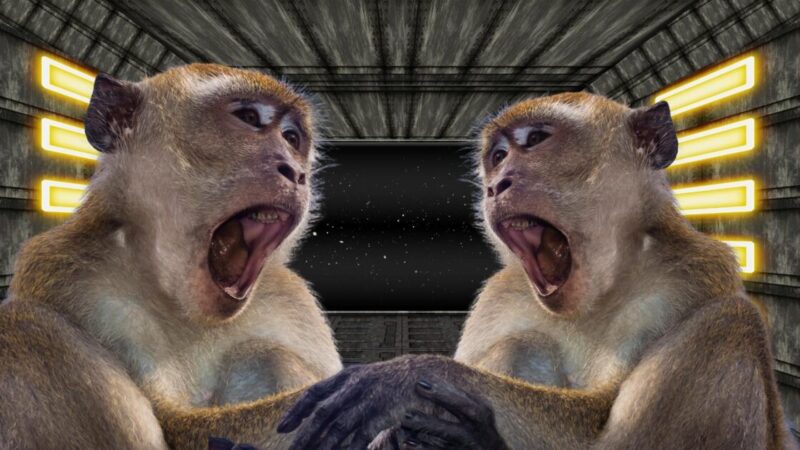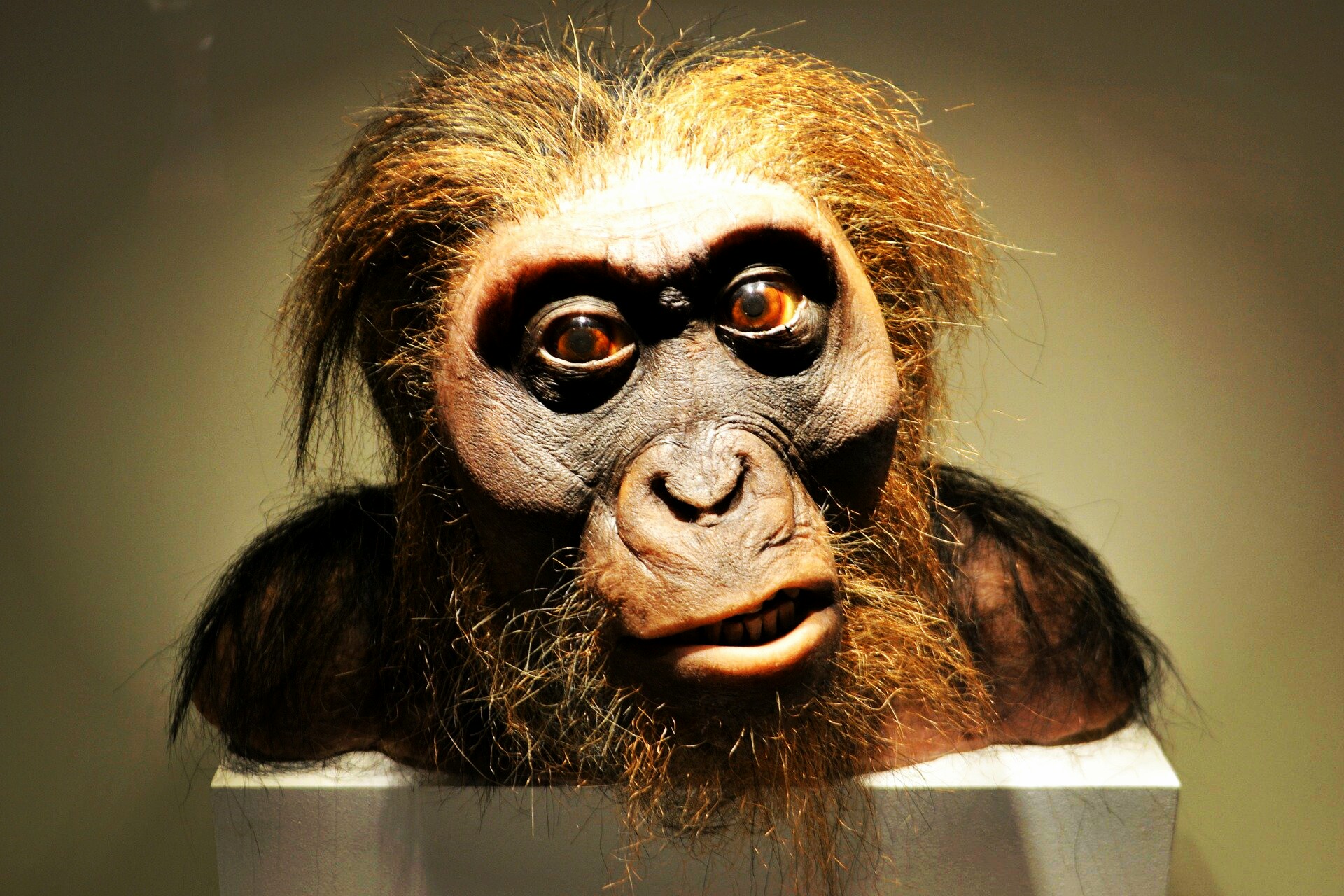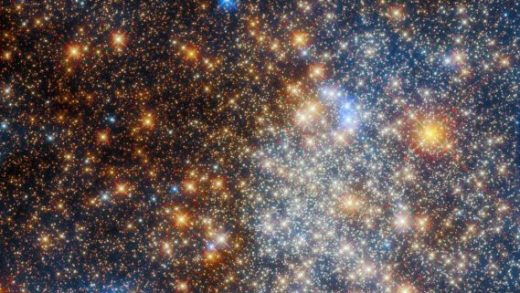China to send monkeys into space for a zero-gravity mating experiment

China is going to send monkeys to the Tiangong Space Station to study how they grow and reproduce in zero-gravity.
Citing scientist Zhang Lu, who leads scientific instruments for the space station, the South China Morning Post reported the previous week that the research would be carried out in the space station’s largest module, which would be used for life science experiments.
The module’s two biological test cabinets can currently hold only algae, fish, or snails, but they can be expanded and reconfigured.
These zero-gravity experiments, according to the report, will aid in our understanding of the organism’s adaptation to microgravity and other space environments.
However, previous research has looked at the reproduction of tiny species in zero-gravity space, such as zebrafish and insects. According to the researchers, conducting such studies on more complex living forms such as rats and primates presents a number of challenges. Back in 1979. a couple of rats were sent into zero-gravity space for an 18-day mating experiment by Soviet researchers, but when they returned to Earth, they discovered that none of the rodents had given birth. When these massive animals mate in zero-gravity, they face a number of challenges.
The researchers are emphasizing the difficulties in feeding the monkeys and disposing of the monkeys’ faeces during the zero-gravity mating trial in space. It is also suggested that, because this can have an impact on sexual behavior, monkeys should be housed in their space station habitats in a relaxed and comfortable manner. The Tiangong Space Station is currently occupied by three astronauts: Chen Dong, Cai Xueze, and Liu Yang, two men and one woman.
Why not humans, but only animals?
Sending animals of different species into zero-gravity space for such experiments, however, is not a new trend relating to vertebrate reproduction and development. The Gemini VIII mission was launched in 1966 with the American grass (leopard) frog Rana pipiens species for an 11-hour mission duration, launched as a two-cell stage, in weightlessness cleavage stages: L + 40 h and L + 130 h, shortly before re-entry.
Researchers say they need more science to know how humans and other mammals can reproduce in zero-gravity space. And some scientists say there hasn’t been enough attention paid to funding and performing these types of studies.
About a couple of months earlier, space health experts discussed NASA’s official space sex and conception policies in interviews with The Daily Beast and stated that NASA forbade astronauts from getting it on. One space medicine expert then told the Beast: “NASA’s official policy forbids [sex and] conception in space… and for good reason.”
While NASA has forbidden reproductive experiments in space with humans, what’s interesting here is to see how animal rights activists will react to the Chinese mission of sending monkeys into space to experiment with the innocent animals’ mating in zero gravity.


